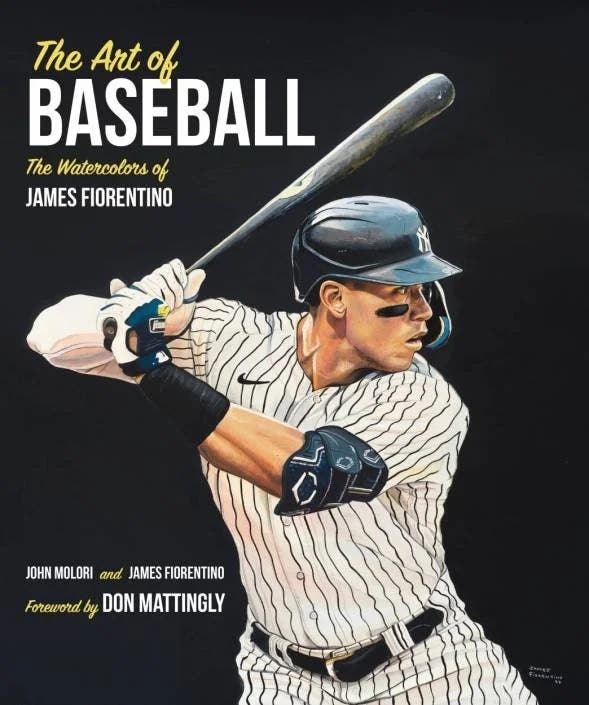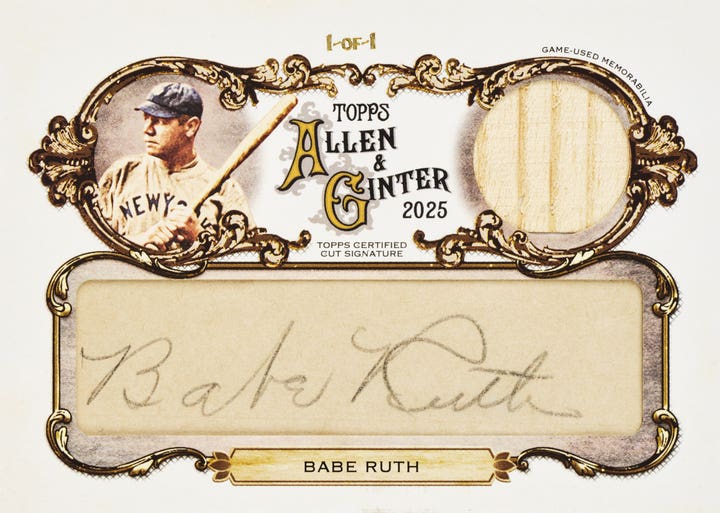News
Forever an ‘Ace’ in the Hole: Remembering Ace Parker
Hall of Famer Clarence ���Ace” Parker was the oldest former NFL player and the second-oldest former Major League Baseball player when he died Nov. 6, 2013.
Parker, who suffered pulmonary problems, had been admitted to a hospital a month prior to his death. He is survived by a sister, Marion Miller; his wife of 67 years, Thelma, died in 2009. His body is buried at the Olive Branch Cemetery in Portsmouth, Va.
Various national newspapers ran stories on Parker following his death. His hometown paper, The Virginian-Pilot, mentioned his humor and humility. A recent photo of Parker, which had been taken in front of his home, shows the sports legend smiling, which made me feel that I would have enjoyed meeting Parker, if I would have had the chance.
He had lived just off the 15th fairway at Elizabeth Manor Golf and Country Club, located at 1 Ace Parker Drive, Portsmouth, Va. He had become a celebrity there, nicknamed “Father Time,” playing golf well into his 90s. Assistant pro Dave Martin said that everyone at the club knew Parker, and that he had played golf up until about two years ago. Members gathered at the club to honor Parker prior to his funeral.
Earlier this year, Parker was featured on the cover of the May 31, 2013, issue of SCD, when he was named the starting quarterback for the fantasy football East squad described in that issue.
He was the most experienced quarterback we could find – at age 101 – to play in a game against other players who had appeared on football cards. He was also featured in February 2013 SCD articles about the oldest living former Major League Baseball players.
After the article featuring Parker appeared in SCD, I sent him a few copies of the issue, along with a note in admiration of his achievements. SCD readers asked about contacting Parker, and I forwarded information.
Parker appeared in the 1955 Topps All-American football set. He also appeared in the 1975 Fleer Immortal Roll set and several other recent sets featuring Hall of Fame members.
His autograph is not difficult to find, but memorabilia is another story. According to The Virginian-Pilot, Eddie Webb, president of the Virginia Sports Hall of Fame, knew Parker, and he revealed an unfortunate fact for collectors: “Ace never kept anything. He gave it all away.”
Born May 17, 1912, Parker was one of the few surviving links to an earlier era in pro sports. His accomplishments become hard to imagine in today’s climate of total immersion in one sport.
When Churchland High School dropped its football program during the Great Depression, Parker left school and went to work for the Belt Line Railroad. He later caught the eye of coaches at Wilson High School in Portsmouth. They waived the fees involved in getting Parker back in school, where he became a five-sport superstar: baseball, football, basketball, track and golf. When Parker was 20 years old, he beat Sam Snead in a long-drive contest, averaging 303.5 yards per drive. He wasn’t hitting ProVIs with Big Berthas, either.
Because of the time Parker spent working, he didn’t graduate from high school until he was 21, but that didn’t hamper his eligibility. He headed to Duke University, where he cut down his sports to just three: baseball, football and basketball. As a 5’10”, 179-pound football player, Parker set records passing, running, punting, intercepting, kicking and returning kicks. In one 11-game season, he was on the field for all but four minutes all year; he was probably selling programs at the time.
His nickname, “Ace,” originated from a college sportswriter calling him “Duke’s ace in the hole.”
After Duke, Parker wanted to play Major League Baseball in the worst way.
Unfortunately, he succeeded, playing two years for the Philadelphia Athletics in 1937 and 1938, hitting .179 in games against Lou Gehrig, Rogers Hornsby and Bobby Doerr. However, he did homer in his first at bat on April 30, 1937.
Late in the 1937 baseball season, football’s Brooklyn Dodgers snapped up Parker and installed him as the team’s starting single-wing tailback a few days later. He took the Dodgers out of the cellar and made the team a contender with his running, passing and kicking. In 1940, Parker was named the MVP of the NFL for his exploits. He played the first three games of the season with a cumbersome, 10-pound brace around his left ankle, which he had broken playing baseball that summer.
In 1942, Parker joined the Navy as a lieutenant. He served through 1945, then returned to pro football for a few more years after the war. Parker played minor league baseball until he was 40, coached baseball and football at Duke University until 1966 and later became a pro football scout for the Cardinals and 49ers. He was inducted into the National Football League Hall of Fame in 1972.
The oldest living former NFL player is now Bill Glassford, who was born March 3, 1914; he played for the 1937 Cincinnati Bengals. Connie Marrero, born April 25, 1911, remains the oldest-living former major leaguer, now followed by Mike Sandlock (born Oct. 17, 1915). The oldest living NFL Hall of Fame member is now Charlie Trippi (born Dec. 14, 1922). Parker was the first and only NFL HOFer to make it to 100.
George Vrechek is a freelance contributor to SCD and can be contacted at vrechek@ameritech.net.








